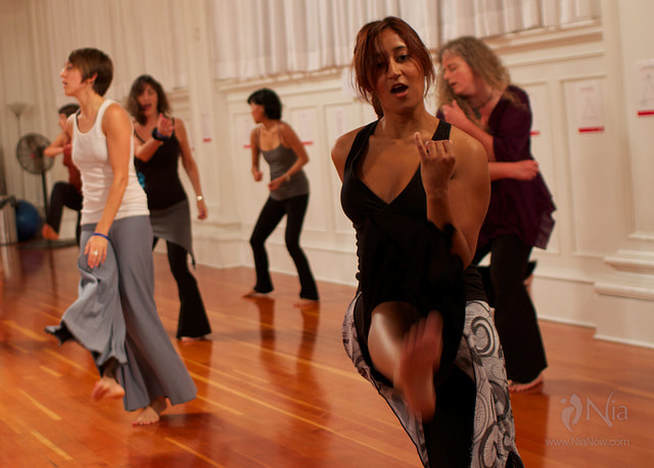|
I am very lucky to spend most of my days barefoot. Most people aren't as fortunate. I know this from experience.
From the moment many people in Western cultures get up in the morning, we may slide into slippers, only to trade in our house soles for shoes that take us into the workday. Heels or flats, or maybe athletic casuals, shoes encase our feet all day, often until the moment we crawl into bed at night. And this includes specialized shoes for working out, cushioning our feet in foam, vinyl or leather. As for me, I work from home, spending most of my day shoeless – hooray! When the weather is warm enough, I saunter around my house sock-free. This enables me to appreciate the smooth texture of the hardwoods in my kitchen or the nubby sensation of the (admittedly WAY too old) carpet in my office and bedrooms. My workdays are more comfortable than they were when I was trapped in shoes, and inside an office. I notice that I have more energy during the weeks I spent mostly in bare feet, especially in comparison to weeks I am obligated to spend on business trips, requiring me to wear shoes. Days spent without footwear have changed my definition of a “good” shoe, too. When Nia was created 35 years ago, Debbie Rosas and Carlos AyaRosas recognized the healthy benefits of moving in bare feet. This discovery began with their study of the martial arts, but also is validated by our physiology. “The foot, by design, is meant to spread,” explains Nia trainer Holly Natasi. “It is like a fan that opens with each step. It is sprung with a series of tough ligaments and tendons with can get rigid if not used regularly. You suffer loss of mobility in the ankles if your foot is not able to do its job. When the shoe offers all the support, the foot begins to atrophy.” To wit: Each foot consists of 28 bones, 30 joints and more than 100 muscles, tendons and ligaments. Together these anatomical features provide support for the entire body. When we dance in bare feet, this improves our sense of balance and mobility, allows the feet strengthen and augments our sense of proprioception, defined as “the unconscious perception of movement and spatial orientation arising from stimuli within the body itself.” Heightened stimulus is another benefit of dancing barefoot. We have 7000 nerve endings in the soles of our feet. Wow, right? This explains why having a tiny pebble in one shoe can have a huge impact upon our entire nervous system, or why being trapped in uncomfortable shoes can affect a person’s whole sense of well-being while, say, wearing other items of uncomfortable clothing may merely amount to a bearable nuisance. On the flipside, it also explains why walking on a lush field of soft grass, or a flawless beach, can feel like a mini-vacation. On a perfect day, such actions exhilarate the spirit and emotional realms as much as the physical. Our feet deepen our connection to sensation, to feeling good, a key element of pleasure-based fitness. So next time you join us at Move2Center – even if it’s for the first time – kick off your shoes and take a moment to sense the pleasure and relief that comes from freeing the feet. Even before we step in to the dance, that is where our connection to wellness begins. Revel in it. --Melanie Comments are closed.
|
Movement Meditations
Where our instructors share information and observations about what's going on at Move2Center Studio! Archives
April 2022
Categories |

 RSS Feed
RSS Feed